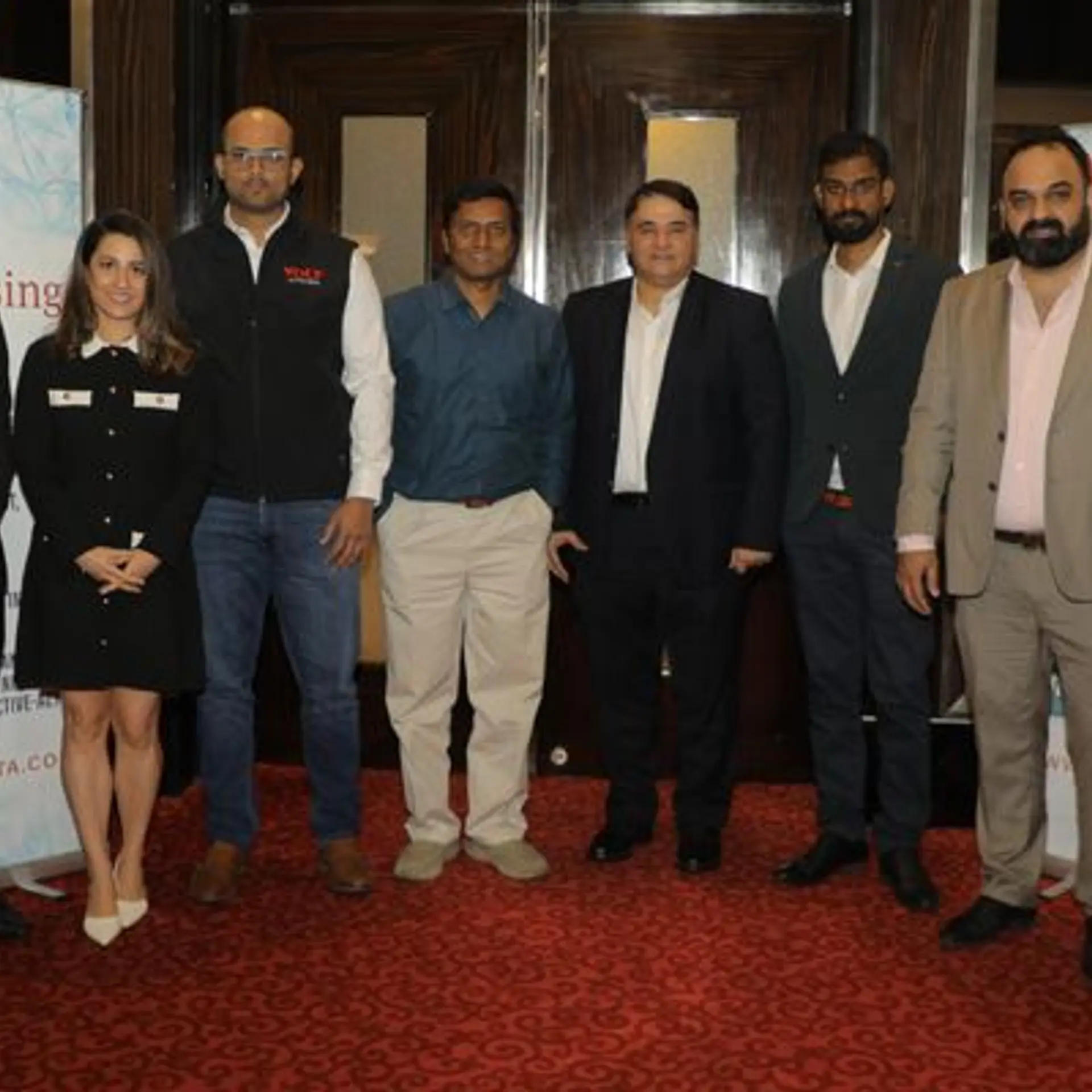How startups can attract and retain top talents in an increasingly competitive ecosystem
Amid the changing work dynamic, good employees tend to leave for better opportunities and incentives at more prominent companies. Startups can avoid that by adopting industry best practices.
The Indian startup ecosystem has seen tremendous growth over the last few years, creating an unprojected need for the right talent throughout this space. The rise of a new generation of employees along with an employee-driven marketplace calls for the management to proactively improve employee retention strategies.
While the organisation needs to generate some turnover to flourish, an excessive replacement rate can harm the workplace atmosphere. Proactive employee retention strategies help organisations keep hold of their top talent from leaving, and help them understand the reasons behind what leads to an employee leaving the organisation.
While finding the right talent has been a tough task for startups, retaining them has always been a more crucial task, which often takes a backseat. To increase productivity within an organisation, employee wellness plays a significant role. So, with the change in time, companies have started moving to a more employee-centric approach from an employer centric approach.
Many well-funded startups make the same mistake: they attract talent with high salaries, free iPhones, Macbooks, and other goodies. However, due to the highly demanding roles at startups, employees often face burnout which, in turn, leads to high attrition.
Since the work dynamic has changed, sometimes good employees tend to leave for better opportunities and incentives at more prominent companies. It has become essential for startups to incorporate and retain their employees as per the current industry trends. Strategically following the latest trends like introducing communications channels and policies that improve employee morale, and going above and beyond providing monetary benefits has become imperative for companies.
Adopting industry-best practices and innovating is the way forward for startups, and that can be achieved via the following :

Good employees tend to leave for better opportunities and incentives
Employee acknowledgement
While acknowledging the employees’ efforts is the carnal rule for all internal communication, however, it is often overlooked. It is essential for employers to acknowledge the efforts of the employees regularly as employees tend to associate their value in a company with the acknowledgement secured.
When you encourage your employees, it helps them see how their contribution is adding to the bottom line and organisational goals. They tend to perform better and find value in their work, which helps boost employee engagement. By doing so, employees feel more connected to the organisation and each other. This zeal can spill over into everyday tasks, inspiring teams to make the ‘discretionary effort’ that makes a massive difference to performance.
This makes it a highly significant practice for employers to follow, and introduce initiatives that address it. Going beyond fiscal rewards, regular feedback, awards, and one-on-one appreciation from the founders’ office are a few key steps employers can take to engage and help their employees connect with the organisation.
Workplace and flexibility
The pandemic has acted as a catalyst in rebuilding employer-employee relationships. Employees today are looking for more flexibility in terms of the working hours and the location of work, along with other things.
Therefore, employers need to offer flexibility in terms of working from anywhere, and setting the goals accordingly. If employees are given a choice to choose their workplace and work hours, employers will likely find that the workforce is happier, and the workforce's efficiency also increases manifold. Minimising the dissension between the workforce’s personal and professional commitments and goals, employees are more likely to stay motivated and feel valued.

Employees need a good work environment
Managers are your differentiators
A phrase that is commonly used in the industry is “Employees don’t leave their jobs, they leave their managers,” and its relevance holds merit now more than ever. The phrase might not be appropriate for every organisation, but this shows how big a problem bad management can be when it comes to retaining employees. Additionally, managers are not empowered by data and real-time analytics to address and track team sentiments. Organisations must make approaches to culture and engagement manager centric and empower them to take actions based on insights. Managers can gauge the sentiment of their team members and take action on time when enabled.
Playing to employee strengths
Managers should always know what are their employees’ strengths and should always give them the opportunity to leverage them. Nurturing your employees and letting them match work to their strengths drives better performance and better engagement, ultimately leading to improved employee-manager relationships.
Paid and unlimited time Off
Due to excessive work pressure, employees can feel physical as well as mental distress. Due to this, the workforce is not able to give their best at work, which, if unchecked, can lead to burnout and attrition.
An organisation should always consider giving time off to employees in the form of paid leaves, which can help eradicate mental and physical stress. When you place your trust in employees, they will repay it by performing better and not misusing unlimited PTOs (paid time offs). If we talk about mental health, an employee needs to get a good work environment and the initiatives that a company can start from this—an employee's physical, emotional, financial, social well-being, etc.
It will give an employee a clean work environment to work freely and peacefully, ultimately improving their performance.
Conclusion
As startups are in a constant hustle and growth mode, it is imperative for them to retain their top talent to grow and flourish. They must ensure to establish policies and programmes that focus on reducing employee attrition. The companies that triumph in achieving high employee retention rates operate at an advantage when it comes to meeting business goals.
A well-planned, well-accomplished employee retention strategy is a key competitive distinguisher, as a company’s ability to hold on to its talent—especially in such competitive hiring markets—has keen aftermath for its ability to operate at a high level, without the disruptions that employee turnover brings to the company.
Edited by Kanishk Singh
(Disclaimer: The views and opinions expressed in this article are those of the author and do not necessarily reflect the views of YourStory.)









